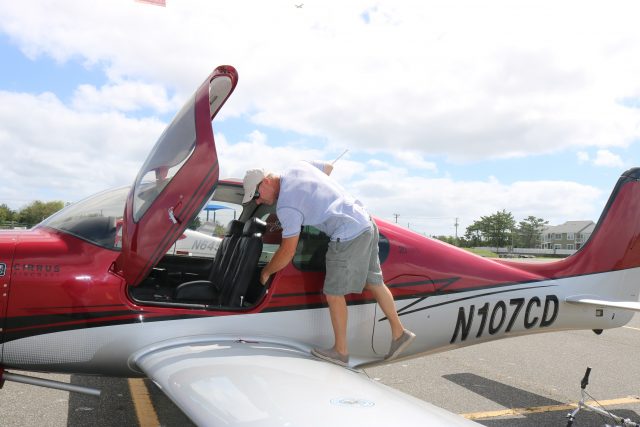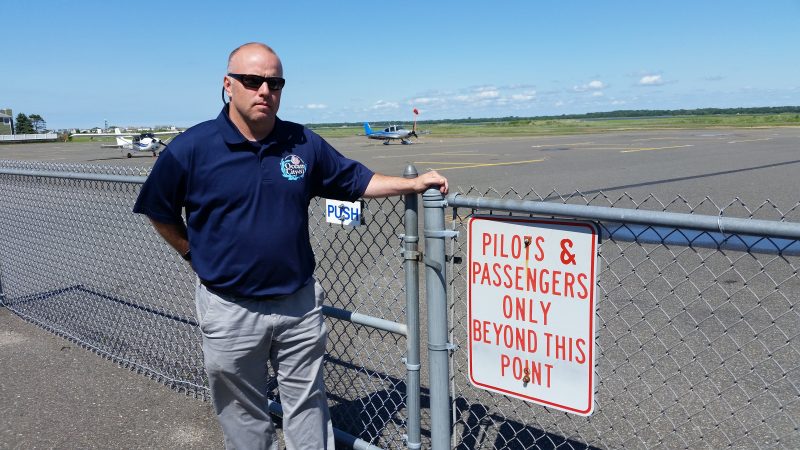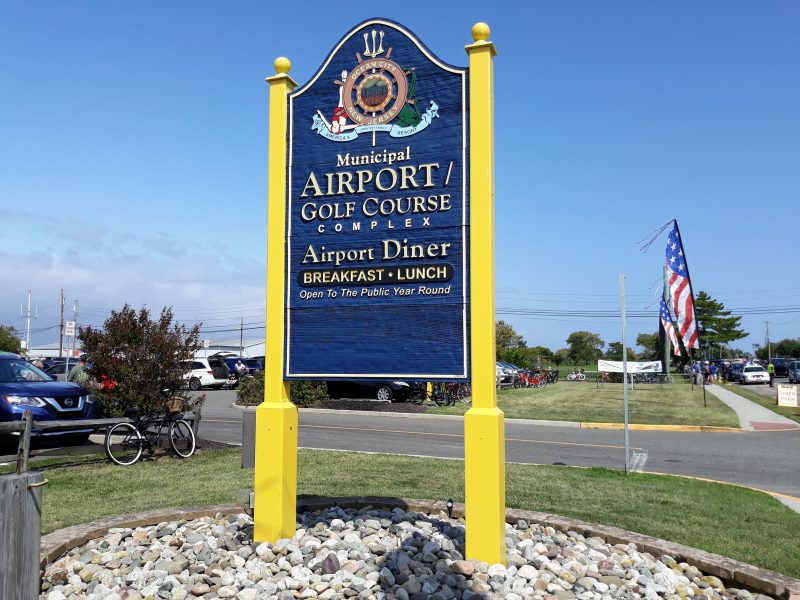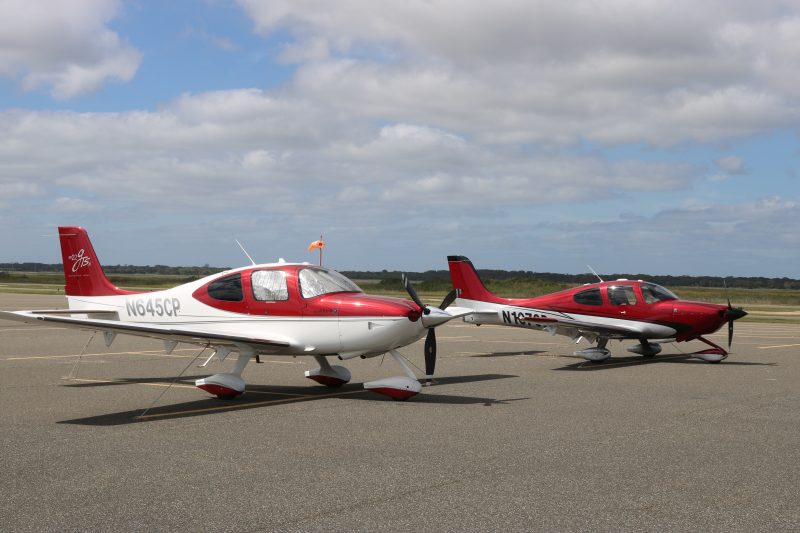
By MADDY VITALE
The fact that the Ocean City Municipal Airport is just blocks from the beach makes it attractive for visitors who happen to own a plane.
Built in 1935, it is the only airport in New Jersey located on a barrier island. It is centrally located at 2600 Bay Ave.
Maintaining the facility takes work and the team, under airport manager Todd Dwyer, is continually making improvements, maintenance and repairs, he said in an interview with OCNJDaily.com Friday.
And it takes money — lots of it. The airport relies on the city, state and federal funds for projects, upkeep and maintenance.
Over the last couple of weeks, the airport received $110,000 in federal funding for improvements as part of the $15 billion Bipartisan Infrastructure Law. The funds can be used for runways, taxiways, safety and sustainability projects as well as airport-transit connections and roadway projects, according to the Federal Aviation Administration.

Dwyer, who has managed the airport for six years, said he and his team are determining where best the funds should be utilized.
“We are still evaluating that. We have to prioritize where it is most needed,” he noted. “There are a lot of different possibilities. We could use it for regrading or paving, equipment and the artificial turf.”
City spokesman Doug Bergen spoke of the continual improvements at the airport Friday.
“Ocean City Municipal Airport took advantage of millions in grant money to install artificial turf areas for safety, wildlife and erosion control,” Bergen pointed out. “Obstruction lighting was brought up to code, and the addition of a self-serve fuel farm will be completed in the new year.”
In 2019, the city received a $618,764 grant from the FAA to install artificial turf in different areas of the airport, including both ends of the runway. The artificial turf is designed to discourage birds from grazing next to the runway or making the bayside property their home.
Collisions between birds and planes are relatively common at airports nationwide.

Dwyer spoke about the project involving artificial turf to deter birds from gathering at the Ocean City airport.
“We were part of a pilot program and had a piece of turf in,” he said. “I was very impressed by the test piece. It did its job.”
Currently, he said, funding will be used to complete the job of installing artificial turf on the airport grounds.
Being next to the bay and the marshlands makes the airport a natural gathering spot for seagulls and other shore birds, and it is constantly a concern.
Eliminating or lessening bird strikes is the major goal, Dwyer said.
“The geese and ducks don’t like walking on the turf and it keeps birds away from the runway. Safety is paramount. It will help alleviate bird strikes.”
Erosion is also alleviated with the turf.
“We have to deal with the erosion from the bay. It undermines the runway and causes erosion,” Dwyer explained. “We dug it out and filled it with stone and packed it down with sand on it. It really helps with the erosion.”

In addition to the artificial turf, Dwyer said the airport received a grant and began renovations for a self-service fueling farm, expected to be completed this year.
“We already started the improvements to the existing tank and we will start with the installation of the new tank with the state grant,” he noted, adding that there will be many benefits for the pilots as well as the airport employees.
“It would offer after-hours accessibility,” Dwyer added. “We currently have a fuel truck to fuel a helicopter, but the self-serve fuel pump would alleviate the stress from the teams and make for a safer operation of fueling so people can fill up their own tank.”






